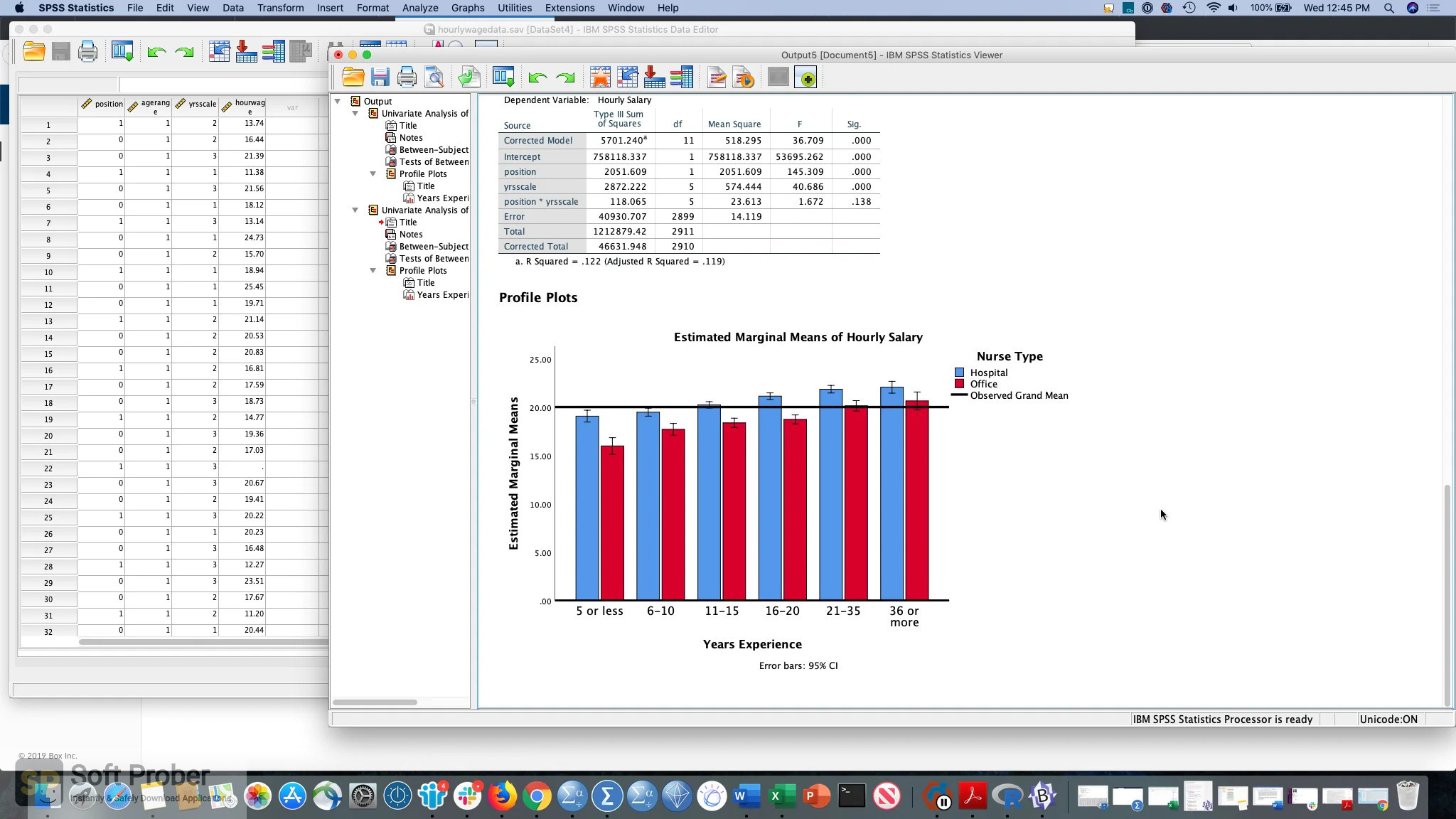

The difference between the mean of replicate test results of a sample and the ("true") value of the target population from which the sample was taken.

The difference between the (mean) test result from a particular laboratory and the accepted reference value. The method bias may depend on the analyte level. The difference between the (mean) test result obtained from a number of laboratories using the same method and an accepted reference value. There are several components contributing to bias: excluding the contribution of randomness represented in precision. Bias is the opposite but most used measure for "trueness" which is the agreement of the mean of analytical results with the true value, i.e. The consistent deviation of analytical results from the "true" value caused by systematic errors in a procedure. It is a measure of dispersion or scattering around the mean value and usually expressed in terms of standard deviation, standard error or a range (difference between the highest and the lowest result). The closeness with which results of replicate analyses of a sample agree. An accurate determination produces a "true" quantitative value, i.e. The test result may be a mean of several values. It is constituted by a combination of random and systematic errors (precision and bias) and cannot be quantified directly. The "trueness" or the closeness of the analytical result to the "true" value. It does, however, emphasize the need for the establishment of standard reference methods and the importance of external QC (see Chapter 9). Obviously, this does not mean that no adequate analysis serving a purpose is possible. Particularly in soil science for several attributes there is no such thing as the true value as any value obtained is method-dependent (e.g. * The "true" value of an attribute is by nature indeterminate and often has only a very relative meaning. related to the concentration of the analyte.

Constant, unrelated to the concentration of the substance analyzed (the analyte).Ĥ. the difference between the true value and the mean of replicate determinations).ģ. Systematic or predictable regular deviation from the "true" value, quantified as "mean difference" (i.e. Random or unpredictable deviations between replicates, quantified with the "standard deviation".Ģ. Therefore, some of the most importantĮrror is the collective noun for any departure of the result from the "true" value*. 6.2 Definitionsĭiscussing Quality Control implies the use of several terms and concepts withĪ specific (and sometimes confusing) meaning. Equally important is that the results of these statistical procedures are recorded and can be retrieved. The value of statistics lies with organizing and simplifying data, to permit some objective estimate showing that an analysis is under control or that a change has occurred. Simple inspection of data, without statistical treatment, by an experienced and dedicated analyst may be just as useful as statistical figures on the desk of the disinterested. Therefore, examples of these will be given in the ensuing pages.Ĭlearly, statistics are a tool, not an aim. Fortunately, with a few simple convenient statistical tools most of the information needed in regular laboratory work can be obtained: the " t-test, the " F-test", and regression analysis. In analytical work, the most important common operation is the comparison of data, or sets of data, to quantify accuracy (bias) and precision. For the detection itself as well as for the quantification of the errors, statistical treatment of data is indispensable.Ī multitude of different statistical tools is available, some of them simple, some complicated, and often very specific for certain purposes. This can be done by critically looking at the performance of the analysis as a whole and also of the instruments and operators involved in the job. An important aspect of the quality control is the detection of both random and systematic errors. This is the reason why a complex system of precautions to prevent errors and traps to detect them has to be set up. It was stated before that making mistakes in analytical work is unavoidable. Before embarking upon the actual analytical work, however, one more tool for the quality assurance of the work must be dealt with: the statistical operations necessary to control and verify the analytical procedures (Chapter 7) as well as the resulting data (Chapter 8). In the preceding chapters basic elements for the proper execution of analytical work such as personnel, laboratory facilities, equipment, and reagents were discussed. There are lies, damn lies, and statistics.


 0 kommentar(er)
0 kommentar(er)
